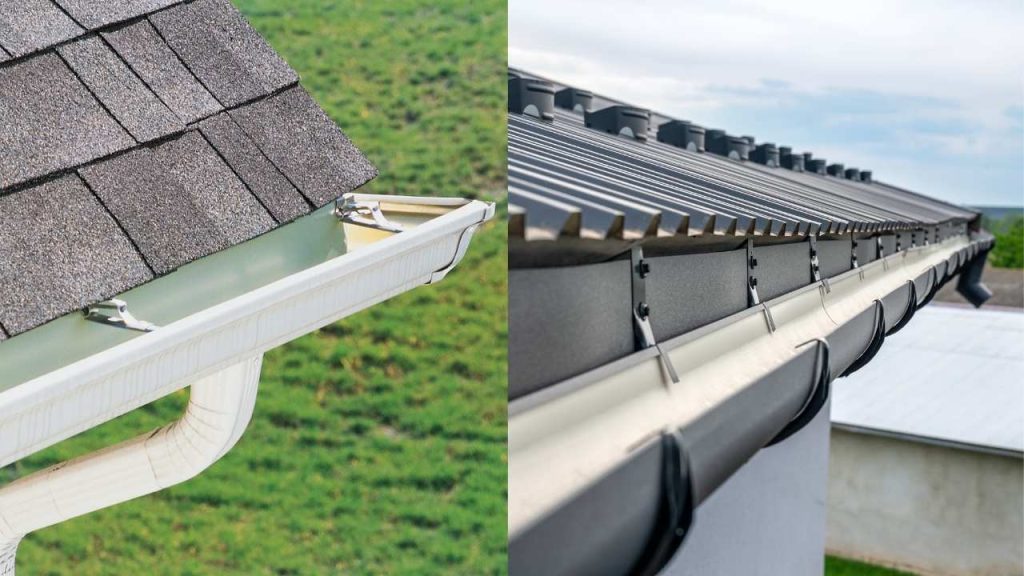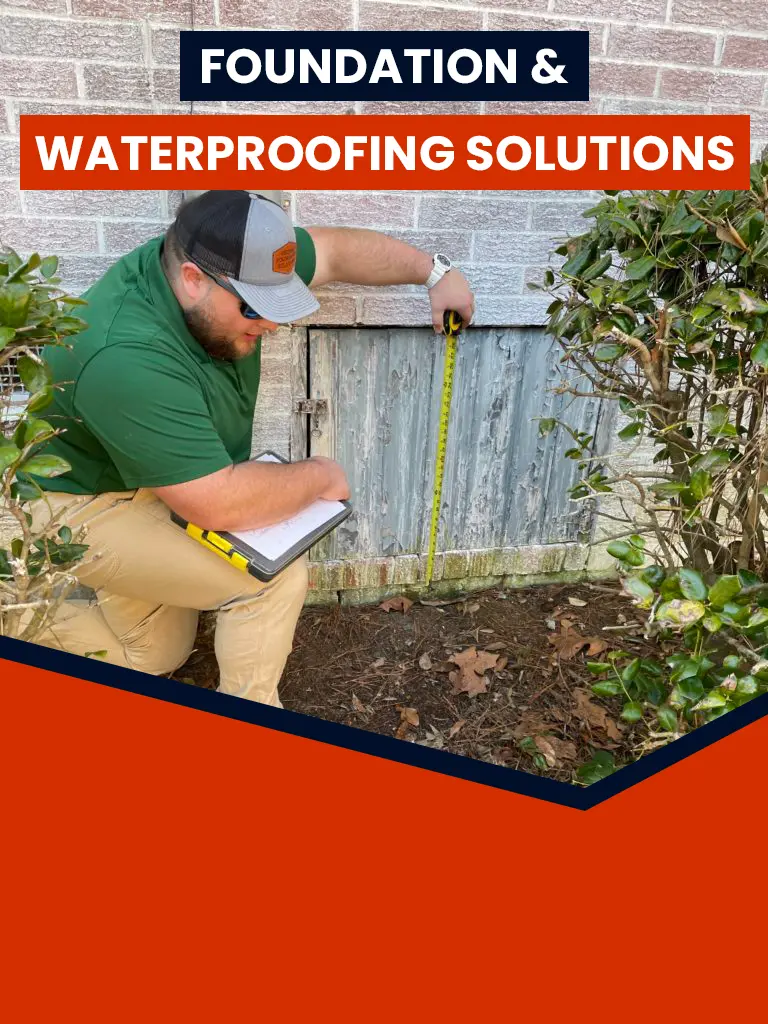Gutters are a crucial part of your home’s defense against water damage, directing rainwater away from your roof, walls, and foundation. Over time, though, gutters can get clogged, damaged, or worn out, leaving your home vulnerable to leaks and foundation issues. If you’re thinking about replacing your gutters, it’s important to make informed choices that will protect your home for years to come. Here are the top 5 things to consider when replacing your gutters.
1. Choosing the Right Gutter Material
The material you choose for your new gutters will determine their durability, appearance, and cost. There are several common materials to choose from:
- Aluminum: Lightweight, rust-resistant, and affordable. Aluminum gutters are popular because they’re easy to install and last a long time with proper maintenance.
- Vinyl: Another budget-friendly option that won’t rust, but it can crack or warp in extreme temperatures.
- Steel: Known for being strong and durable, steel gutters can handle harsh weather but are prone to rust unless treated.
- Copper: A high-end option that’s both durable and stylish, copper gutters develop a patina over time that gives them a unique look.
- Zinc: Like copper, zinc gutters are durable and weather-resistant, but they can be more expensive and may require professional installation.
Think about your climate and budget when replacing your gutters, as the material you choose will greatly impact their longevity and effectiveness. While vinyl and aluminum are excellent options for most homes, replacing your gutters with steel or copper might be a better choice for areas with extreme weather. When replacing your gutters, consider how the material will handle your region’s conditions over time. Properly replacing your gutters ensures that your home remains protected from water damage for years to come. Don’t overlook the importance of material selection when replacing your gutters.
2. Gutter Style and Design
There are different gutter styles to choose from, and each has its pros and cons. The two most common styles are:
- K-style gutters: These have a flat back and bottom with a decorative front that looks like crown molding. They can hold more water than rounded gutters and are easier to install.
- Half-round gutters: Shaped like a half-circle, these gutters are more traditional and are often found on older or historic homes. While they add a classic touch, they don’t handle as much water as K-style gutters and can be more expensive.

The style you choose should not only match the aesthetic of your home but also provide the water flow capacity you need.
3. Gutter Size and Water Capacity
The size of your gutters plays a big role in how well they function, especially during heavy rainfall. Standard gutters come in 5-inch and 6-inch widths, but some homes may need larger gutters if they have a steep roof or are in areas with heavy rain.
If your gutters are too small for your home’s needs, they can overflow during storms, leading to potential water damage to your foundation or landscaping. Make sure to discuss water capacity with a gutter professional who can recommend the right size for your home.
4. Downspout Placement
Downspouts are the vertical pipes that carry water from your gutters down to the ground, away from your foundation. The placement and number of downspouts are just as important as the gutters themselves. If you don’t have enough downspouts or they’re not placed correctly, water can pool around your home, leading to foundation damage or basement leaks.
As a rule of thumb, you should have a downspout every 30-40 feet of gutter, but the exact number and placement depend on your home’s size and layout. Proper downspout placement ensures that water is effectively channeled away from your home.
5. Maintenance and Gutter Guards
One of the biggest concerns with gutters is keeping them clean. Leaves, twigs, and other debris can clog your gutters, causing them to overflow. That’s why it’s important to think about maintenance when choosing your gutters.

Gutter guards are a great investment that can save you time and effort. These guards sit on top of your gutters and prevent debris from getting in while still allowing water to flow through. While they add to the initial cost of installation, they can prevent clogs and reduce the need for frequent cleanings, making them worth considering.
6. Why Replacing Your Gutters is Essential
Replacing your gutters is more than just a cosmetic update; it’s a key step in safeguarding your home from potential water damage. Old, worn-out gutters can lead to costly repairs by allowing water to seep into your roof, siding, or foundation. By investing in new, high-quality gutters, you ensure proper water management and long-term protection for your home.
Conclusion
Replacing your gutters may seem like a small project, but it’s a crucial part of protecting your home from water damage. By considering the right material, style, size, downspout placement, and maintenance options, you can ensure your new gutters are up to the task. If you’re unsure of the best choices for your home, consult with a professional to help you make the right decisions. Properly installed and maintained gutters will keep your home safe from water damage for many years to come.

